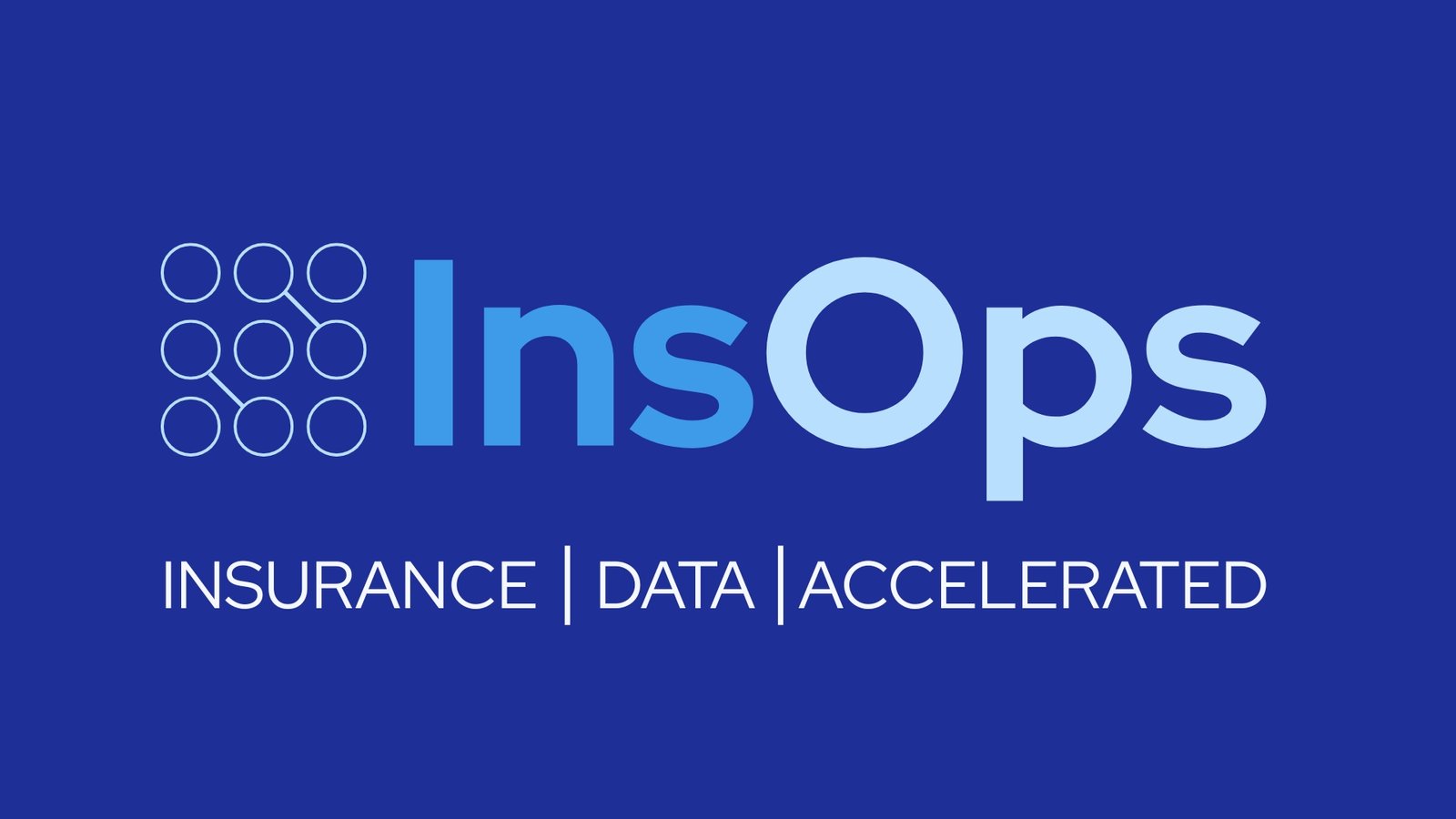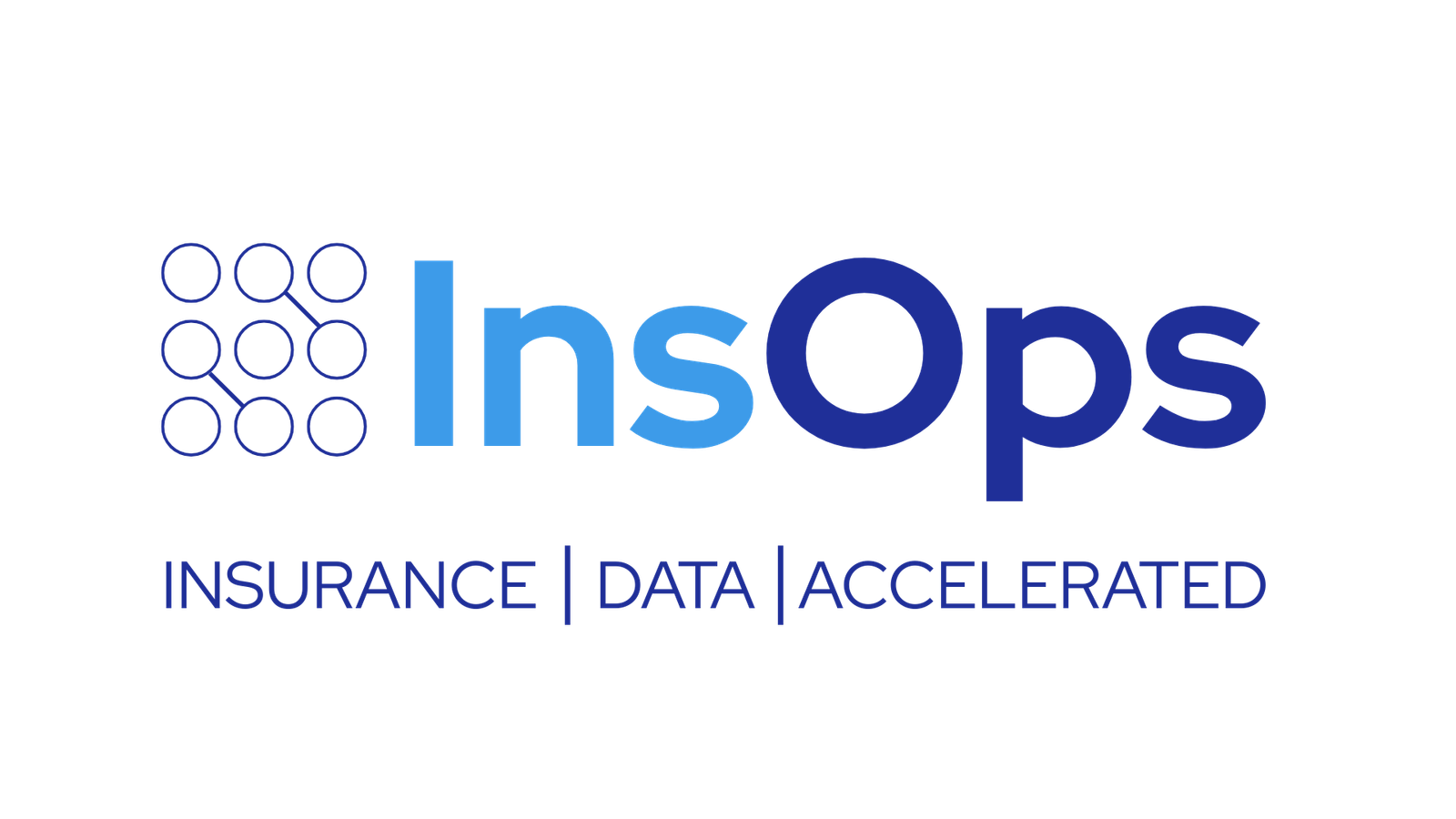Rethinking Data Ingestion for Insurers: Why Carriers Can’t Afford Manual Ingestion Methods Anymore
The ability to ingest data quickly, accurately, and at scale is no longer a back-office function for insurers. It directly impacts how fast a carrier can quote, adjudicate claims, meet compliance requirements, and deliver seamless, timely service to policyholders.
Yet for many P&C carriers, data ingestion remains a bottleneck held back by manual processes, fragmented systems, and inconsistent workflows. As a result, critical workflows slow down, errors become rampant, and insurers find it difficult to get clean, complete data into core systems.
This blog will dive deeper into these challenges and their business impact, and how insurers are modernizing the ingestion process to drive operational efficiency and enhance data accuracy.
Where Data Ingestion Happens: Migration and Daily Operations
In insurance, data ingestion is used in two key contexts: large-scale system migrations and day-to-day operational data intake.
Each serves a different purpose, but both require fast, accurate processing to avoid delays, reduce risk, and ensure downstream systems function effectively.
System migration ingestion happens during core platform upgrades, cloud transitions, or post-M&A consolidation. It involves moving both historical and active data such as open claims or current policies from legacy systems into new environments.
These projects require accuracy, speed, and minimal disruption to business operations.
Operational ingestion supports the day-to-day flow of data into underwriting, claims, and analytics from broker submissions to scanned documents and third-party sources.
This continuous intake needs to be fast, structured, and reliable to enable automation, improve decision-making, and keep pace with customer expectations.
But legacy environments weren’t built for that. Rigid architectures, manual workflows, and siloed data make even simple ingestion tasks slow, error-prone, and costly.
Why Traditional Ingestion Can’t Keep Up: 5 Limitations Holding Back Insurers
Legacy ingestion methods were not built for the scale, speed, or complexity of modern insurance operations. These approaches served their purpose in a slower environment, but today they create real constraints in five key areas:
- Manual Workloads: Underwriters and claims teams spend hours re-keying data from PDFs, emails, and spreadsheets. This slows response times and increases the risk of errors.
- Disconnected Systems: Legacy platforms often lack integration capabilities, leaving data trapped in silos and workflows fragmented.
- Low Data Quality: Inconsistent formats and limited validation result in incomplete or inaccurate records, which creates risk in underwriting, compliance, and reporting.
- Inflexibility: Traditional ETL and template-based tools are fragile. Even small changes in document structure can break workflows and require constant maintenance.
- Bottlenecks at Scale: During peak periods or catastrophe events, manual ingestion cannot keep up, leading to delays in quoting, claim handling, and decision-making.
These limitations slow down operations, increase costs, and limit an insurer’s ability to respond to market demands or regulatory pressure. This is why many carriers are rethinking how they approach data ingestion.
The Modern Alternative: AI-Driven, Scalable Ingestion
Today’s insurers need data ingestion that can keep pace with the volume, variety, and urgency of their operations.
AI-powered platforms are meeting this need by replacing manual processes with intelligent automation that can extract, classify, and structure data from virtually any source faster and more accurately than traditional tools.
They use machine learning and natural language processing to handle unstructured documents, recognize context, and adapt to new formats without constant reprogramming.
What’s more, they also integrate seamlessly with policy, claims, and analytics systems. That means data flows cleanly into core workflows without re-keying, delays, or loss of fidelity.
The result: faster decision-making, better customer experiences, and a foundation for scalable automation.
Here’s what sets InsOps apart:
InsOps Ingest is purpose-built to overcome the exact limitations that slow down traditional ingestion efforts. It replaces brittle, manual workflows with a scalable, cloud-native platform that’s fast, accurate, and designed specifically for insurance.
- Eliminates Manual Workloads: InsOps automates data extraction and mapping using pre-built connectors and a curated insurance data model. Instead of re-keying PDFs or spreadsheets, underwriters and claims teams receive clean, structured data directly in their systems — ready to use from day one.
- Connects Disparate Systems: With out-of-the-box integrations to policy, claims, CRM, and broker platforms (e.g., Guidewire, Duck Creek, Salesforce), InsOps breaks down silos and enables seamless data flow across the enterprise.
- Improves Data Quality: The platform applies automated validation, standardization, and cleansing as part of the ingestion process. The result is high-integrity data that’s ready for underwriting, reporting, and compliance audits without manual cleanup.
- No ETL, No Templates, No Fragility: InsOps is completely ETL-free. Its dynamic ingestion engine doesn’t rely on brittle scripts or templates that break with every change. This drastically reduces maintenance and enables insurers to onboard new sources quickly often in under 10 clicks.
- Scales Under Pressure: Whether it’s a surge in catastrophe claims or onboarding thousands of policies from an acquisition, InsOps is built to scale. Its cloud architecture and AI-accelerated mapping allow insurers to ingest large volumes of data without bottlenecks or added headcount.
How Golden Bear Retired 40 years of Legacy Data 3x faster with InsOps


From AS/400 to AI-Ready in 4 Months: Golden Bear’s Modernization Journey
“The successful migration to the Guidewire ClaimCenter Cloud is a testament to our commitment to leveraging modern technology for enhanced operational efficiency and customer satisfaction. Golden Bear is proud of our collaboration with InsOps, whose expertise and strategic approach were instrumental in achieving this transformation.”
Michael Hall
Turn Ingestion from a Bottleneck to a Growth Catalyst
Carriers that modernize their ingestion processes gain more than operational efficiency. They enable faster quoting, cleaner compliance, stronger analytics, and better customer experiences across the board.
However, legacy tools and manual processes currently in place can’t keep up with the volume, variety, or velocity of today’s insurance data. Solutions like InsOps Ingest offer a smarter path forward and replace complexity with speed, silos with integration, and fragility with scale.
Ready to modernize your ingestion strategy?
Request a callback from one of our consultants or schedule a quick call to see how InsOps Ingest can transform your data workflows.
FAQs
Q: How much manual effort will ingestion require?
With traditional tools, ingestion often involves re-keying data, maintaining templates, or writing custom scripts — all of which require heavy manual effort. Modern solutions like InsOps Ingest automate extraction, mapping, and validation, significantly reducing the workload for underwriting, claims, and IT teams.
Q: What kind of turnaround time should we expect for setting up ingestion workflows?
Legacy setups can take weeks or even months to configure and maintain. InsOps Ingest accelerates this with a low-code, ETL-free platform that allows ingestion pipelines to be configured in minutes, often with fewer than 10 clicks.
Q: What are the risks of relying on manual or legacy ingestion processes?
Manual processes are error-prone, slow, and unscalable. Legacy tools often break with small format changes and lack the flexibility to handle modern data complexity. These gaps introduce delays, impact data quality, and pose regulatory and operational risks.
Q: How do we ensure data quality during ingestion?
Data quality depends on accurate extraction, validation, and standardization. InsOps Ingest includes built-in logic for cleansing, deduplication, and validation against insurance-specific rules, ensuring data enters your systems clean and usable.
Q: What’s the total cost and ROI of modernizing our data ingestion process?
While ROI varies by carrier, most see measurable value through faster processing times, reduced manual effort, improved data quality, and better decision-making. The switch to intelligent, automated ingestion often pays off in both time savings and operational cost reduction.
Q: How do we scale ingestion during CAT events or seasonal surges?
Traditional methods can’t keep up with large spikes in volume. InsOps is cloud-native and built to scale, allowing ingestion to flex with demand — whether it’s a sudden influx of claims or onboarding thousands of new policies post-acquisition.

